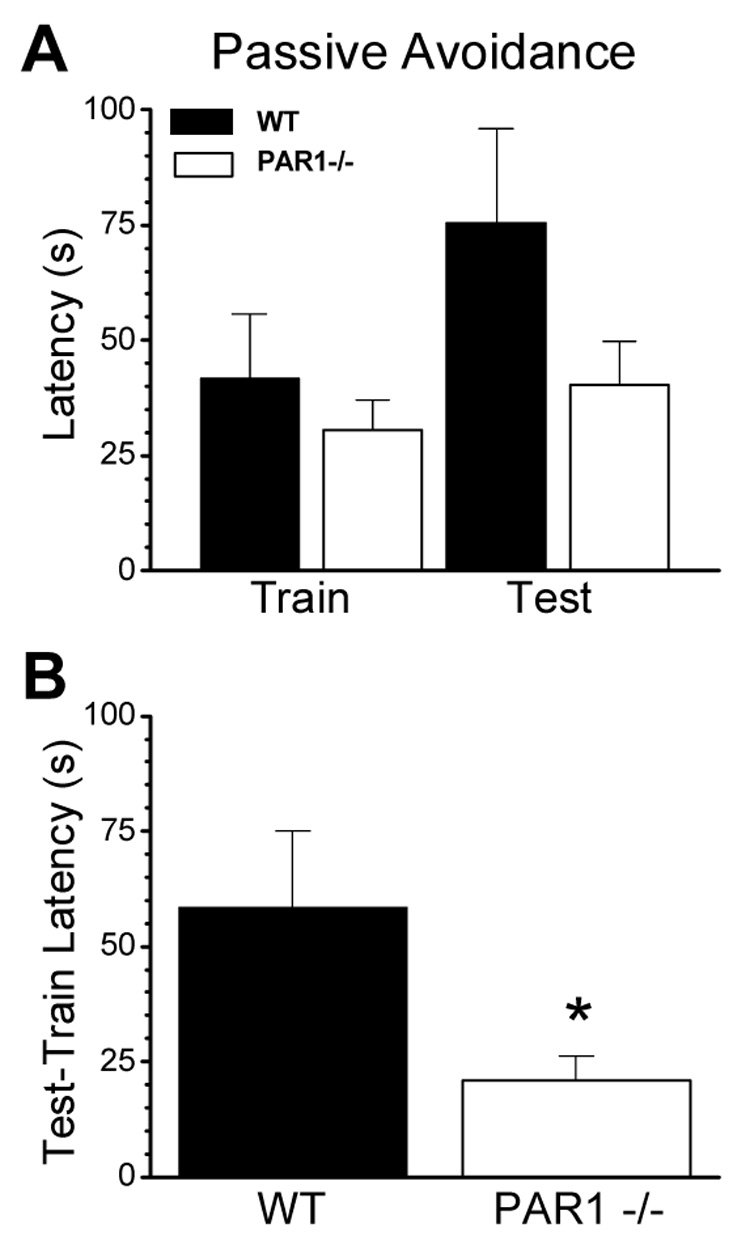Figure 5. PAR1−/− mice show significant deficits in the passive avoidance test.

(A) No significant differences were observed between wild-type (n=17) and PAR1−/− (n=19) mice in escape latencies during the training session for passive avoidance. (B) When tested 24 h later, PAR1−/− mice entered the dark compartment much earlier than their wild-type counterparts, as measured as a difference in train and test latencies (p=0.03, unpaired t-test). Data are presented as mean ± SEM.
